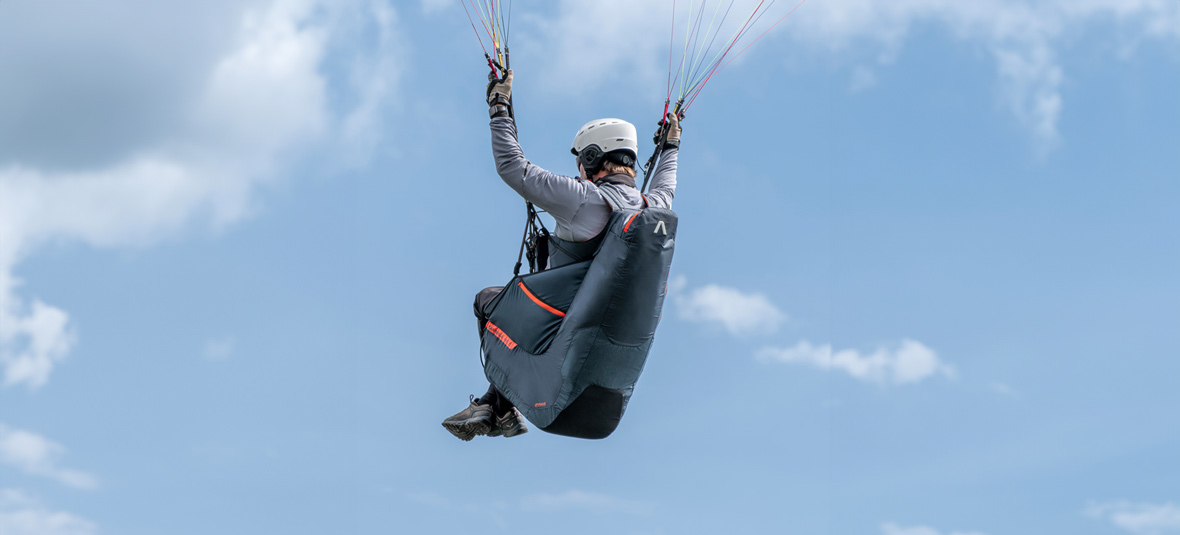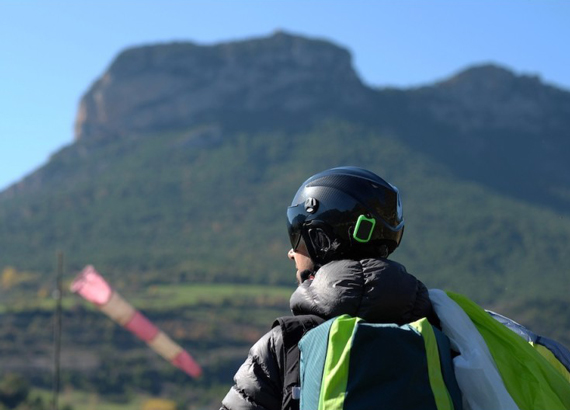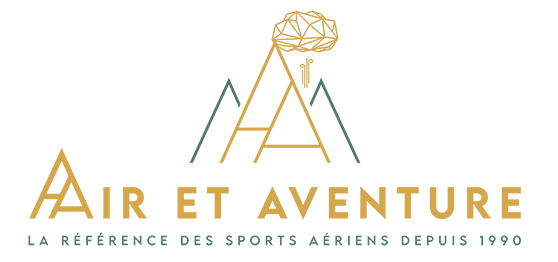Paragliding Helmet Obligation : what are the regulations in force for a flight ?


Paragliding is one of the most exhilarating and free-flying of all air sports. However, like all air sports, it requires particular attention to safety. One of the fundamental safety elements in paragliding is the use of a helmet. In this article, we'll explore the importance of helmets, the standards to be met when choosing a paragliding helmet, and answer the question : is it compulsory to wear a helmet when paragliding ?
WHY IS IT IMPORTANT TO WEAR A PARAGLIDING HELMET ?
Safety is paramount when it comes to flying. A helmet is a piece of personal protective equipment (PPE) that can make all the difference in the event of a head impact during a poorly negotiated take-off or landing. In paragliding, the risk of impact with objects or the ground is real, and the helmet is there to absorb most of the impact energy, protecting the head and brain from serious injury. What's more, in the event of a fall or accident, it's vital to have adequate protection to avoid or minimize injury.
Specific paragliding helmets are designed to offer maximum protection while allowing good visibility and sufficient ventilation. They are often compared to alpine or ski touring helmets, although certification standards and features differ somewhat.
WHAT STANDARDS SHOULD YOU LOOK TO CHOOSE A PARAGLIDING HELMET ?
When buying a paragliding helmet, it's crucial to check which approvals and standards the product complies with. Paragliding helmet standards are specified to ensure an adequate level of protection and safe flying. Paragliding helmets are tested for impact resistance and optimum safety.
Some terms, such as full-face helmet, “refer” to specific helmet types or brands that meet high standards. The ski helmet standard is different from the paragliding helmet standard, although some protection features may be similar. Standards of compliance with essential health and safety requirements also need to be taken into account, as does the UNECE regulatory framework, which defines international standards for protective equipment.
WHY IS IT IMPORTANT TO WEAR A PARAGLIDING HELMET ?
Safety is paramount when it comes to flying. A helmet is a piece of personal protective equipment (PPE) that can make all the difference in the event of a head impact during a poorly negotiated take-off or landing. In paragliding, the risk of impact with objects or the ground is real, and the helmet is there to absorb most of the impact energy, protecting the head and brain from serious injury. What's more, in the event of a fall or accident, it's vital to have adequate protection to avoid or minimize injury.
Specific paragliding helmets are designed to offer maximum protection while allowing good visibility and sufficient ventilation. They are often compared to alpine or ski touring helmets, although certification standards and features differ somewhat.
WHAT STANDARDS SHOULD YOU LOOK TO CHOOSE A PARAGLIDING HELMET ?
When buying a paragliding helmet, it's crucial to check which approvals and standards the product complies with. Paragliding helmet standards are specified to ensure an adequate level of protection and safe flying. Paragliding helmets are tested for impact resistance and optimum safety.
Some terms, such as full-face helmet, “refer” to specific helmet types or brands that meet high standards. The ski helmet standard is different from the paragliding helmet standard, although some protection features may be similar. Standards of compliance with essential health and safety requirements also need to be taken into account, as does the UNECE regulatory framework, which defines international standards for protective equipment.
IS IT COMPULSORY TO WEAR A HELMET WHEN PARAGLIDING ?
The answer to this question may vary from country to country, region to region and local law to local law. However, in most cases, wearing a helmet is strongly recommended in France, and even compulsory in the following situations :
- During a paragliding course at a FFVL-approved or non-approved school
- During a tandem flight for the passenger. The instructor is responsible for doing everything possible to ensure the passenger's safety during the flight.
- For all pilots taking part in competition.
- Under prefectoral orders in certain locations or for certain events
Depending on the country, regulations may specify the type of helmet to be worn, whether a full-face helmet (with visor and chin protection), a sport helmet or an approved paragliding helmet.
In some regions, the sporting code stipulates that helmets must be worn when paragliding, to prevent accidents and ensure safety. Limiting the use of helmets in paragliding is not only a question of compliance with legal requirements, but also a proactive measure to ensure safety in flight.
In conclusion, paragliding is an exhilarating activity which requires adequate preparation and protection. Helmets, in compliance with safety standards, are an essential element for a safe and enjoyable flight. Make sure you choose an approved helmet that complies with essential health and safety requirements, and always respect local rules and regulations during your paragliding adventures. With this in your pocket, you'll be able to enjoy your aerial activities, flying with the birds and experiencing the joys of these new sensations !

DISCOVER OUR COMPLETE GUIDE TO PARAGLIDING HELMETS :
Paragliding helmets : what equipment do you need for paragliding ?
Paragliding helmet selection : how to choose your head protection equipment
Best paragliding helmet : which helmet is best for free flight ?
Second-hand paragliding helmet : can I buy second-hand equipment ?
Paragliding helmet prices : budget and criteria for influencing the cost of your equipment








